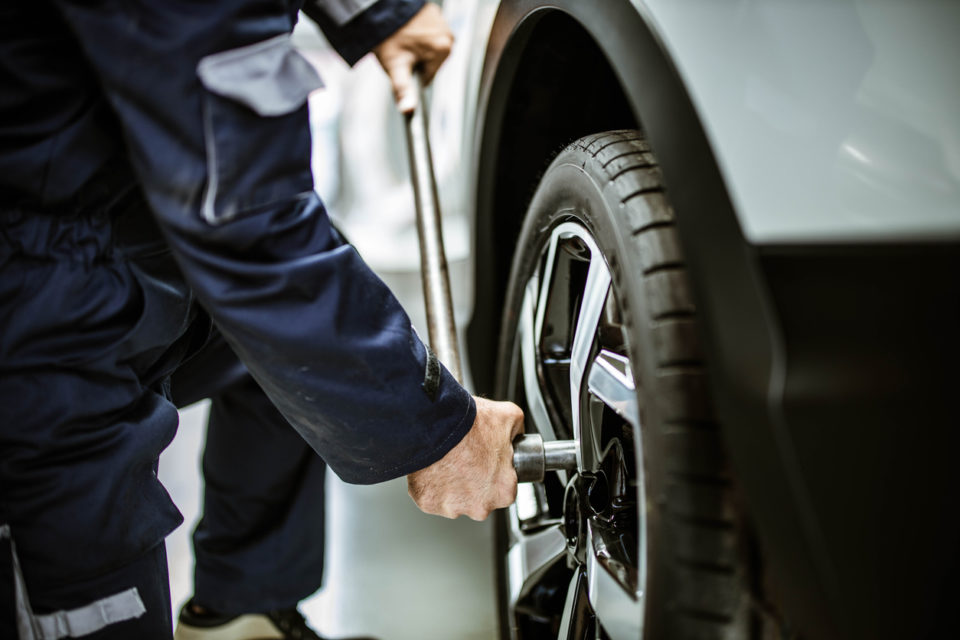 Routinely maintaining your vehicle is the responsibility of every car owner. Regularly caring for your vehicle is the best way to prevent future costly repairs, and can have several benefits such as improving your vehicle’s reliability and durability, ensuring a higher resale value, and minimizing roadside emergencies. That’s why our friends at Car Bibles have put together this incredibly helpful list of the top 10 maintenance tips to keep your vehicle on the road for years to come.
Routinely maintaining your vehicle is the responsibility of every car owner. Regularly caring for your vehicle is the best way to prevent future costly repairs, and can have several benefits such as improving your vehicle’s reliability and durability, ensuring a higher resale value, and minimizing roadside emergencies. That’s why our friends at Car Bibles have put together this incredibly helpful list of the top 10 maintenance tips to keep your vehicle on the road for years to come.
Inspect Your Vehicle Regularly
Checking your vehicle’s manual is the best way to find out exactly what maintenance needs to be performed on your vehicle. Just as important as what should be done is properly timing when you should do it.
Learn the Different Warning Indicators
Most modern cars come equipped with various warning lights if something happens to go awry. Typical warning lights include the check engine light, service engine light, electrical fault light, brake warning light, ABS warning light, and several others.
Check Tire Pressure
Correct tire pressure does not only prevent further damage to your vehicle but can also improve your vehicle’s MPGs. Be sure to check the owner’s manual to see what tire pressure your vehicle needs.
Check Tread Depth
Keeping the right tread on your tires can prevent accidents during slippery or wet conditions. Check tread depth by sliding a penny head-first into the grooves, and if the tread doesn’t partially cover Lincoln’s head, it’s time for new tires.
Rotate Tires Regularly
Properly balanced and rotated tires play a big part in fuel efficiency. The rule of thumb is that your tires should be rotated and balanced every 5,000 miles, but your owners manual might have a more specific figure just for your vehicle.
Clean Brake Dust Off Tires
Although this may not directly affect your vehicle’s braking system, regularly cleaning brake dust will prevent build-up that can be harmful to the structure of your wheels.
Check Drive Belts
Like most procedures on this list, you’ll need to consult your owner’s manual to determine when drive belts need to be replaced. Typically, most drive belts need to be changed every 60,000 miles.
Check Oil Levels
Always check engine oil when your vehicle has not been running for a while. This prevents your engine from being burned by hot oil. Regular oil changes are the best way to keep your vehicle running longer.
Check Engine Coolant Level
Just as engine oil reduces friction, coolant keeps all of those moving parts from overheating. Not having coolant circulating throughout your engine can lead to costly repairs, and can be easily avoidable by checking the coolant level regularly.
You might also like: 2019 Hyundai Kona Vs 2019 Hyundai Tucson
Note Your Fuel Economy
If you’ve noticed that your fuel economy has dropped, that could be a sign of malfunctioning parts. Keep track of your odometer and trips, as well as other helpful gadgets and tools that monitor your vehicle’s performance.
Whenever you have any maintenance needs, you’re always welcome to bring your car to our service center at Wilson County Hyundai.
Disclaimer: The stock image is being used for illustrative purposes only, and it is not a direct representation of the business, recipe, or activity listed. Any person depicted in the stock image is a model.
